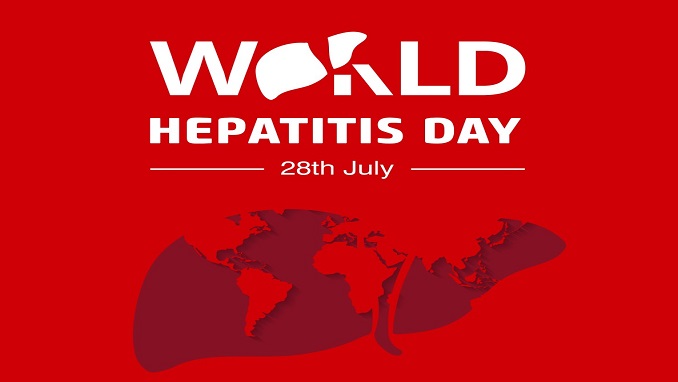Today is World Hepatitis Day. With a person dying every 30 seconds from a hepatitis-related illness, according to the World Hepatitis Alliance, viral hepatitis remains a threat despite the triumph of biotechnology in making the hepatitis C virus (HCV) curable within 25 years of its discovery.
Hepatitis causes inflammation of the liver that leads to severe disease and liver cancer Viral hepatitis is causing liver diseases and more than 1 million deaths annually, says the CDC. There are five known strains – Type A, B, C, D, and E – all of which differ in origin, transmission, and severity but can equally seriously affect the liver.
Although there is no cure at present, hepatitis is preventable with immunization, like in the case of hepatitis A and B. It can be manageable, as well as curable for more than 90% of patients, in the case of HCV.
HealthHCV explains that “HCV remains a worldwide epidemic with over 70 million people chronically infected, and as many as 2.8 million infected with HCV” in the United States, where “almost half of the people with HCV are unaware of their status and only 11% of those infected have been cured.”
As we mark World Hepatitis Day on July 28, the start of Hepatitis Awareness Week, the CDC emphasizes the importance of getting tested for hepatitis C “because treatments can cure most people with hepatitis C in 8 to 12 weeks.”
Yet, HealthHCV’s latest survey of health care providers found inadequate levels of testing and identified challenges with the administration of health care policies, finding “nearly one-third of providers were unable to treat a patient with HCV due to payer/insurance limitations and restrictions.”
However, the first step toward a solution is always spreading awareness, promoting global action on viral hepatitis, and learning more from groups like HealthHCV and the Hepatitis B Foundation.
WHO aims to eliminate hepatitis by 2030, and biotech can help
“To achieve hepatitis elimination, at least 60% of people living with hepatitis B and C must be diagnosed and at least 50% eligible for treatment must be cured (hepatitis C) or receiving treatment (hepatitis B) by 2025,” says the World Health Organization’s new Global Health Sector Strategies released in June.
On top of the “importance of person-centered care and integration of services to reach the goal of elimination by 2030,” the WHO emphasizes that “for this to happen, those in need must have access to hepatitis services that are accessible, equitable, effective, efficient, timely and of an acceptable quality.”
“A primary challenge is identifying those infected, working with at-risk individuals, the public health sector, and the R&D-based biopharmaceutical industry,” IFPMA notes. “An affordable, effective vaccine might just be the most powerful tool for defeating HCV.”




